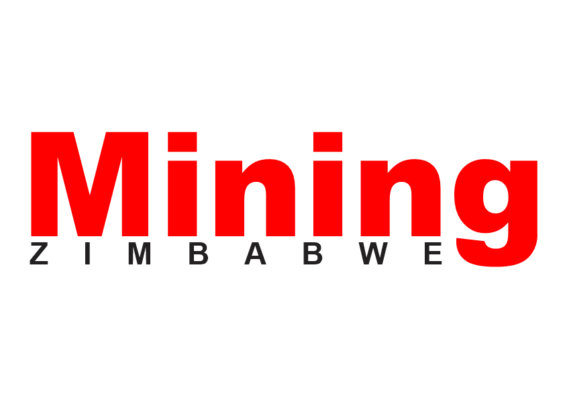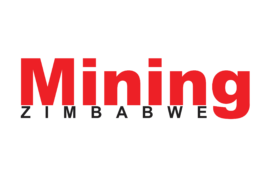Kuvimba Mining House (KMH)-owned ZimAlloys, a leading chrome alloy producer, has embarked on an ambitious exploration campaign, allocating a budget of US$3 million to a three-phase program.
By Rudairo Mapuranga
This initiative aims to quantify and expand the company’s resource base, positioning ZimAlloys as a global leader in proven chrome reserves.
In an interview with Mining Zimbabwe, ZimAlloys Managing Director Deric Dube provided technical insights into the exploration strategy. The first phase involves geophysical surveys, including magnetics and aeromagnetic studies, across the Jopo, Nema, and Inyala regions. The second phase, extending to the Jopo and Lalapanzi areas, will focus on physical drilling, targeting an initial 3,000 meters at the Nema and Jopo sites.
“We have a three-phase exploration program with a budget just under $3 million. Phase one has already commenced with geophysics, magnetics, and an aeromagnetic survey in Jopo, Nema, and Inyala. Phase two will expand into Jopo and Lalapanzi, where we will begin physical drilling, starting with about 3,000 meters in Nema and Jopo, potentially extending to Inyala as well. This is just the beginning of a much larger geological plan,” explained Dube.
ZimAlloys’ current operations produce lumpy chrome ore with a minimum grade of 40%, alongside a chrome-to-iron ratio of approximately 2.1. However, Dube indicated that deeper mining operations are expected to yield significantly higher grades, with chrome content rising to 44-45% as extraction depth increases.
“Our lumpy resource generally comes out at about 40% minimum, with a chrome-to-iron ratio around 2.1. As we mine deeper, the material becomes more competent, and by the time we reach underground operations, we expect grades of 44-45%, which will significantly improve the quality. The reduction in iron content will also lower electricity usage during smelting, which is crucial since power is one of our largest cost drivers,” said Dube, noting that electricity constitutes about 35% of their smelting costs.
ZimAlloys’ chrome concentrates are produced with a minimum grade of 46%, with typical grades averaging around 48%. In some cases, pockets of material reach the 50% mark, depending on the ore extraction location. This high-grade material is vital for maintaining strong contractual obligations, with Dube affirming that contracts typically require a grade of 48%.
“Our minimum grade for concentrates is 46%, with a typical grade of 48%. We sometimes reach the 50s, but this depends on the source of the material. Generally, our contracts stipulate a typical grade of 48% with a minimum of 46%,” Dube added.
Regarding ferrochrome production, Dube mentioned that ZimAlloys has set ambitious targets, aiming for a chromium content of 58%. The company is currently achieving 57.5% chromium from the furnace, with ongoing efforts to optimize output.
“Our target for ferrochrome is 58%, but last month we achieved 57.5% from the furnace. That’s the chromium content, while chromite refers to the oxide material,” Dube elaborated.
The exploration strategy laid out by ZimAlloys represents a significant technical and financial undertaking, aimed at expanding the company’s resource base and improving operational efficiencies.
The focus on deeper, high-grade ore bodies aligns with global trends in chrome extraction, where declining surface grades necessitate more complex and costly underground operations. Additionally, the company’s emphasis on reducing smelting costs through improved ore quality highlights the critical role of energy efficiency in ferrochrome production. As Dube pointed out, power remains one of the major cost drivers in smelting operations, and any reductions in energy usage will have a direct impact on overall operational costs.
ZimAlloys’ $3 million exploration program is not just a routine expansion—it’s a calculated move to secure a larger share of the global chrome market while enhancing long-term sustainability.
By focusing on high-grade, deep-level resources, the company is positioning itself to meet both current production demands and future market opportunities.
The phased nature of the exploration program also demonstrates a pragmatic approach to capital expenditure, ensuring that resources are allocated in stages to maximize returns on investment without overextending the company’s financial commitments.
With Chrome grades improving as mining operations go deeper and exploration activities expand, ZimAlloys is well on its way to becoming a dominant player in the global Chrome sector. The company’s ongoing commitment to high-quality resource extraction and operational efficiency will likely continue to yield positive results in the near future.
.png)


![ZimAlloys_Managing_Director_Deric_Dube[1] ZimAlloys Managing Director Deric Dube](https://miningzimbabwe.com/wp-content/uploads/2024/09/ZimAlloys_Managing_Director_Deric_Dube1-scaled-e1726208218101.jpg)

